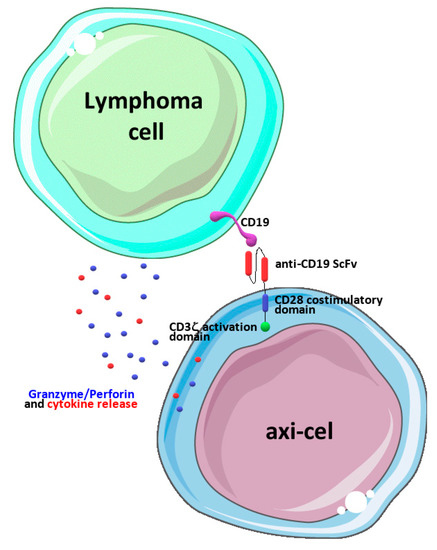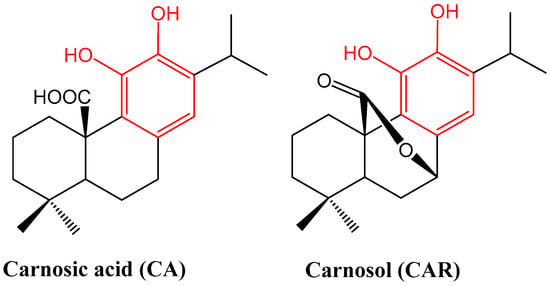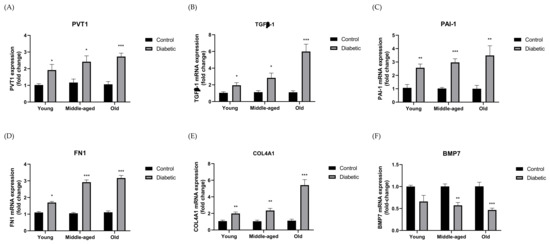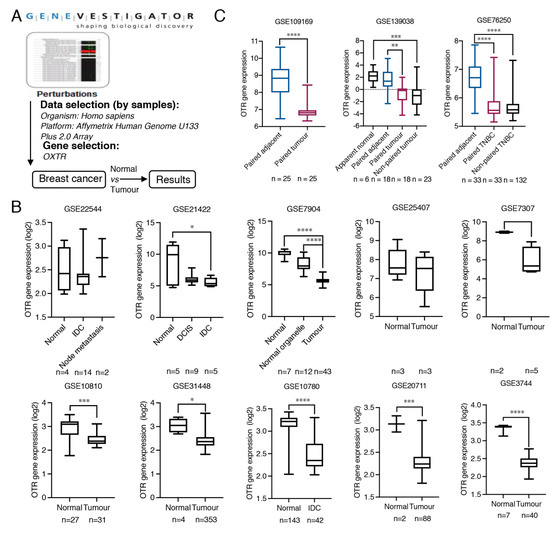Feature Papers in Drug Discovery
A topical collection in Biomedicines (ISSN 2227-9059). This collection belongs to the section "Drug Discovery, Development and Delivery".
Viewed by 9024Editor
Interests: diabetes; obesity; cancer; non-communicalbe diseases; marine natural compounds; fucoidan; seaweed; clams; food chemistry; pharmacology; drug metabolism; pharmacokinetics; pre-clinical pharmacology; natural compound extraction; polyamine metabolism; marine bioactives
Special Issues, Collections and Topics in MDPI journals
Topical Collection Information
Dear Colleagues,
This Topical Collection, titled “Feature Papers in Drug Discovery and Development”, aims to collect high-quality research articles and review articles in drug discovery and development with a focus on biomedical research. Since the aim of this topical collection is to showcase innovative research in biomedical science, we encourage Editorial Board Members of Biomedicines to contribute papers which reflect the latest progress in their research field or to invite relevant experts and colleagues to do so. Topics include, but are not limited to:
- ADME in drug discovery and development;
- Medicinal chemistry in drug discovery;
- Natural compounds in drug discovery;
- Nanomedicine;
- Structure-activity-relationship in drug discovery and development;
- Functional biomolecules;
- Functional biomaterials;
- Pharmacology in drug discovery;
- Pharmacology in drug development;
- Genetics in drug discovery;
- Bioinformatics in drug discovery and development;
- Supramolecular biomedicine;
- Preclinical model in drug discovery and development;
- Orphan drugs;
- Novel molecular targets in drug discovery;
- Novel application of old drugs;
- Alternative medicine;
- Adverse drug reactions.
Prof. Dr. Jun Lu
Collection Editor
Manuscript Submission Information
Manuscripts should be submitted online at www.mdpi.com by registering and logging in to this website. Once you are registered, click here to go to the submission form. Manuscripts can be submitted until the deadline. All submissions that pass pre-check are peer-reviewed. Accepted papers will be published continuously in the journal (as soon as accepted) and will be listed together on the collection website. Research articles, review articles as well as short communications are invited. For planned papers, a title and short abstract (about 100 words) can be sent to the Editorial Office for announcement on this website.
Submitted manuscripts should not have been published previously, nor be under consideration for publication elsewhere (except conference proceedings papers). All manuscripts are thoroughly refereed through a single-blind peer-review process. A guide for authors and other relevant information for submission of manuscripts is available on the Instructions for Authors page. Biomedicines is an international peer-reviewed open access monthly journal published by MDPI.
Please visit the Instructions for Authors page before submitting a manuscript. The Article Processing Charge (APC) for publication in this open access journal is 2600 CHF (Swiss Francs). Submitted papers should be well formatted and use good English. Authors may use MDPI's English editing service prior to publication or during author revisions.
Keywords
- absorption, distribution, metabolism and excretion in drug discovery and development
- medicinal chemistry in drug discovery
- natural compounds in drug discovery
- nanomedicine
- structure-activity-relationship in drug discovery and development
- functional biomolecules
- functional biomaterials
- pharmacology in drug discovery
- pharmacology in drug development
- genetics in drug discovery
- bioinformatics in drug discovery and development
- supramolecular biomedicine
- preclinical model in drug discovery development
- orphan drugs
- novel molecular targets in drug discovery
- novel application of old drugs
- alternative medicine
- and adverse drug reactions










